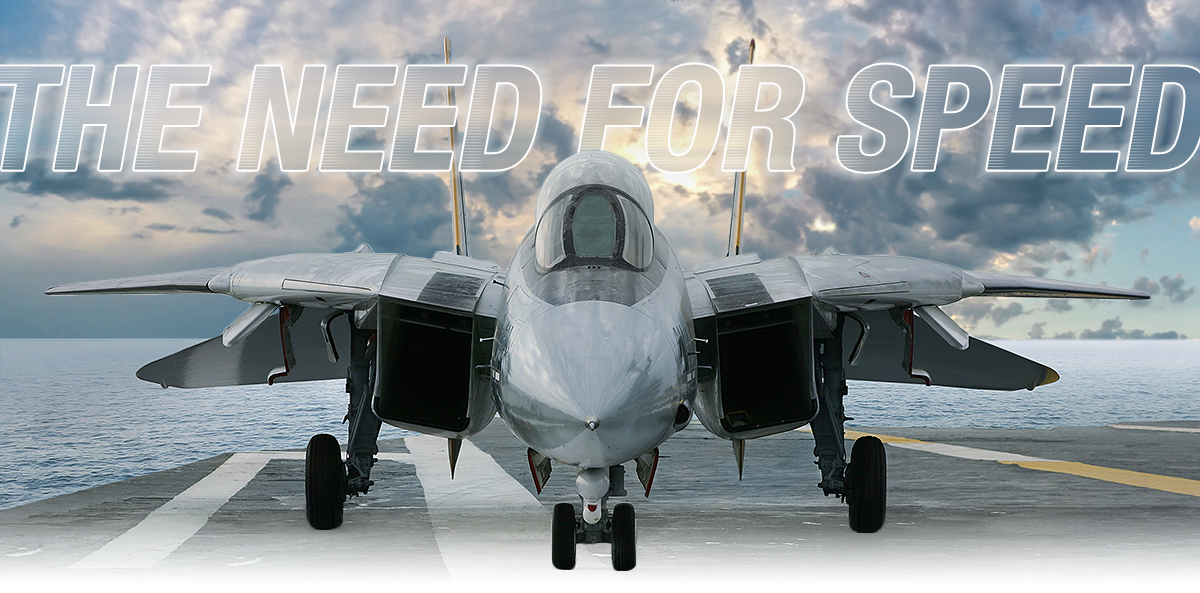
The Georgia Tech community gives insight into the real world of the film, its cultural significance, and the role of adrenaline in flight.
On May 16, 1986, America was introduced to a film that looked and sounded very different from any movie that had come before it. Top Gun, an action-drama film about fighter pilots training at the U.S. Navy’s Fighter Weapons School, was a new kind of American war movie that solidified Tom Cruise as a superstar, grossing more than $356 million at the box office.
How did Top Gun change moviemaking, and why does it continue to be relevant 36 years later? To address those questions and much more, the Georgia Tech community reflects on the film and its legacy on the eve of its long-awaited sequel — Top Gun: Maverick.
A film studies professor discusses the rebirth of military movies, as well as a memorable soundtrack. Three recent ROTC graduates prepare for their own flight school experience. And a current faculty member recalls his days in the real TOPGUN, where he helped Hollywood create a classic.
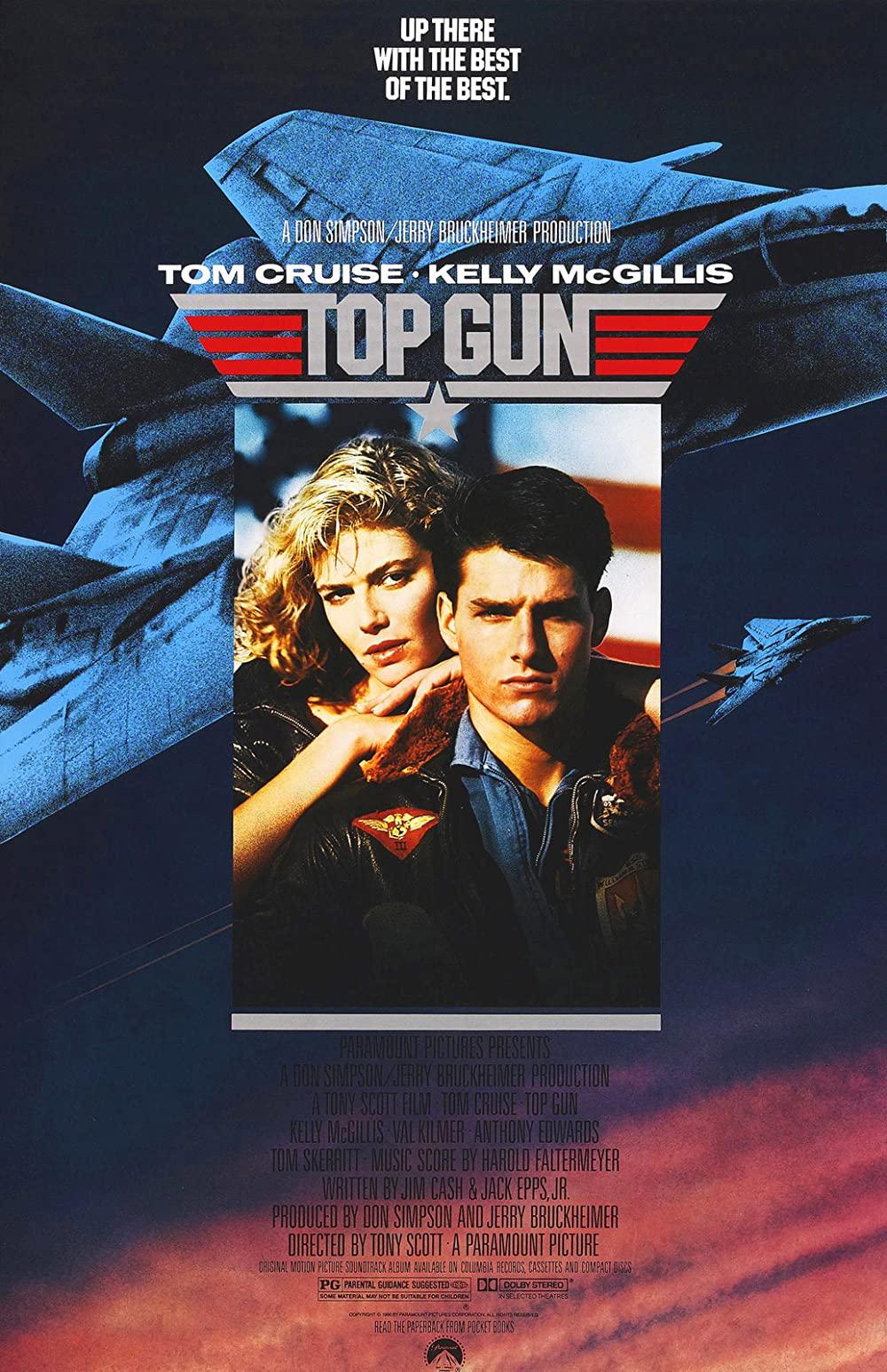
Original 1986 movie poster
A Real-Life Maverick
In many ways, James A. “Sandy” Winnefeld lived the life that Cruise’s character, Maverick, portrayed on the big screen. Shortly after graduating, the 1978 Georgia Tech aerospace engineering major spent three years flying F-14s for his fleet squadron, acquiring the call sign “JAWs” (his initials). He and his radar intercept officer (RIO) were then selected to represent their squadron and train at the Navy's Strike Fighter Tactics Instructor Course – better known as TOPGUN — at San Diego’s Naval Air Station Miramar in 1982. The five-week program allowed Winnefeld to learn from America's best Navy fighter pilots. Upon completion, he returned to his squadron and shared the knowledge with his peers.
After completing his first fleet tour, Winnefeld was asked to return to TOPGUN as an instructor, training other pilots from 1984 to1987.
“The culture of that little squadron of elite instructors was some of the best I’ve ever been around,” Winnefeld said. “We were not going to let each other down. We were always going to be as professional as we could be. We worked extremely hard, but, at the same time, we managed to have fun too.”
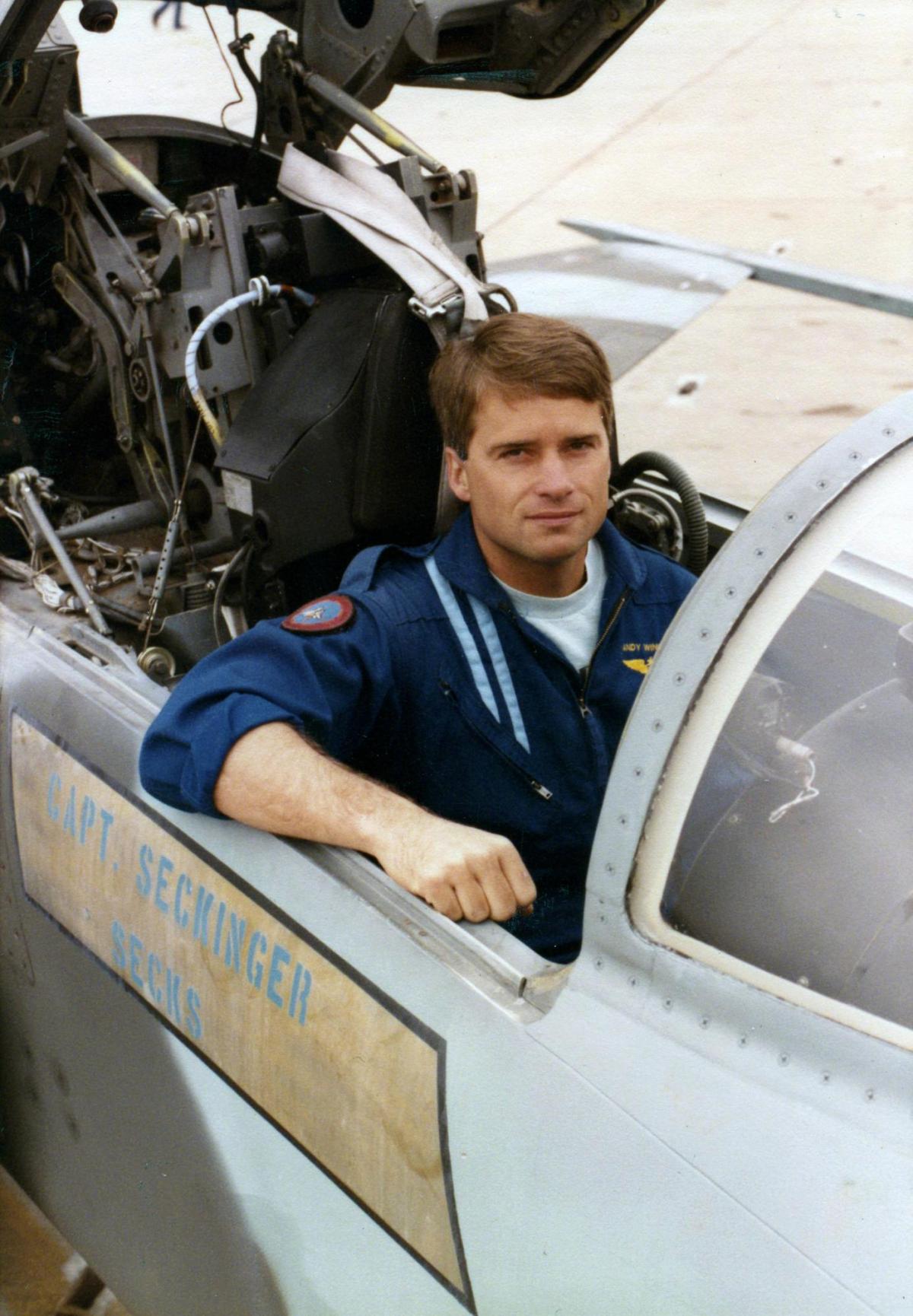
James "JAWs" Winnefeld sitting in an F-5 at TOPGUN.
During the middle of Winnefeld’s tenure as a TOPGUN instructor, Paramount Pictures began production of Top Gun. Suddenly, people from Hollywood began visiting the air station for research. Some of the instructors were asked to help refine the screenplay to make it as realistic as possible.
“I went to a bar with Tom Cruise, but I didn’t even know who he was,” Winnefeld remembered. “But women kept coming up to him. It was an interesting experience because the actors really wanted to study who we were, and what we were like, in order to portray us as best they could.”
Once filming started, Winnefeld and the other TOPGUN instructors flew the F-14s, F-4s, and F-5s seen in the movie. He said flying for the film was nowhere as intense as real combat training and his favorite part of being on set was watching scenes filmed on the ground. He was amazed by how much attention to detail goes into making a movie.
“Watching the crew make a movie on the ground was fascinating,” Winnefeld said. “They spared no expense to capture as much realism as they could. But some things didn’t make sense to us at the time. For example, they shot a classroom scene in a hangar with an airplane in the background. Some of the instructors and I were sitting there thinking, ‘This is nuts! A class would never be held out here!’ But then we saw the movie and realized these people were brilliant. They knew how to dramatize a classroom.”

Credit: Paramount Pictures
"‘This is nuts! A class would never be held out here!’ But then we saw the movie and realized these people were brilliant."
James A. "Sandy" Winnefeld on seeing a fighter jet staged outside a Top Gun classroom.
Although Winnefeld feels that the movie captures TOPGUN very well, he says there are some things a movie can’t effectively simulate, such as the intensity of air combat on a pilot’s physiology.
One scene was very familiar to Winnefeld: ejecting from an F-14 because of engine failure. In the film, Maverick gets in a flat spin and is headed out to sea, where he ejects, a move that kills his RIO, Goose.
In Winnefeld’s real-life situation, he was already flying out at sea when his plane experienced engine failure and entered a flat spin. To make matters worse, it was at night above a very rough Pacific Ocean.
Winnefeld ejected at 10,000 feet and splashed into frigid, 20-foot seas. He sat in his raft for 45 minutes until rescued by helicopter. He was soon told his RIO was safe, despite being blown 3 or 4 miles away because of strong winds.
“It was just another day in the life of a naval aviator,” Winnefeld said. “Our training is so good. Everything you do is instinctive, and it all worked, so I’m here to talk about it.”
Winnefeld would later become a naval commander, eventually serving as the vice chairman of the Joint Chiefs of Staff until he retired in 2015. He is now a distinguished professor of the practice in the Sam Nunn School of International Affairs in Georgia Tech’s Ivan Allen College of Liberal Arts and was recently appointed by President Biden to the White House Intelligence Advisory Board.

The Cultural Impact
Ida Yoshinaga is an assistant professor and film scholar in Georgia Tech’s School of Literature, Media, and Communication. According to Yoshinaga, Top Gun marked a trend of heroic American military films, energized with a new language of action, blockbuster cinema. She says war films have been around since the beginning of American cinema. However, the genre had become increasingly critical of war by the 1960s and '70s.
“Suddenly, Top Gun made the U.S. military look cool again,” Yoshinaga said. “The film made war OK and didn’t question America’s military agenda. In fact, Top Gun started a trend of movie producers working closely with the Pentagon. These, of course, are unofficial deals where the film producers let military officials sign off on scripts and story details in exchange for the use of military assets/equipment in their movies.”
Yoshinaga says another key component of the original film is its time period. Commercials and music videos were evolving in the 1980s. Director Tony Scott came from an advertising background and brought a new commercial sensibility and style to the movie.
“Starting in the mid-1980s, we saw movie soundtracks becoming very commercial, as films were now laden wall-to-wall with popular songs that were also separately hyped through music videos," Yoshinaga said. “When I think about Top Gun, I remember the hit recordings ‘Danger Zone’ and ‘Take My Breath Away.’ I think about the famous music video-style scenes, including the beach volleyball match. I enjoy the movie on these levels because of that then-surprising, gendered gaze in what could’ve be an uncritical moment of escapism.”
Michelle Collier remembers that volleyball scene as well. The head coach of Georgia Tech’s volleyball team grew up in Brazil and didn’t see the movie until she was in college in Florida. She recalls seeing it with her volleyball teammates in 1998.
“That was one of our favorite movies, and we did Tom Cruise’s volleyball high five at all our matches,” said Collier. “I think it really exposed the game, and it’s pretty cool to have the sport represented in such an iconic movie.”
(text and background only visible when logged in)

Ida Yoshinaga
(text and background only visible when logged in)


Volleyball Head Coach Michelle Collier at Georgia Tech's sand volleyball courts.
The Recruitment Impact
Many naval aviators have been inspired by Top Gun to some degree. That includes a trio of 2022 engineering graduates who served in Georgia Tech's ROTC program. Industrial engineer Aidan Perras and mechanical engineers William Stearns and Courtney Williams will enter Navy Flight School in Pensacola, Florida this summer to become pilots.
Top Gun is one of Stearns’ favorite movies. He remembers watching it with his dad at a very young age.
“I saw the extent to which the TOPGUN community challenged everyone within it and how they pushed each other to be the best that they could be,” Stearns said. “That seemed like something that interested me for a career.”
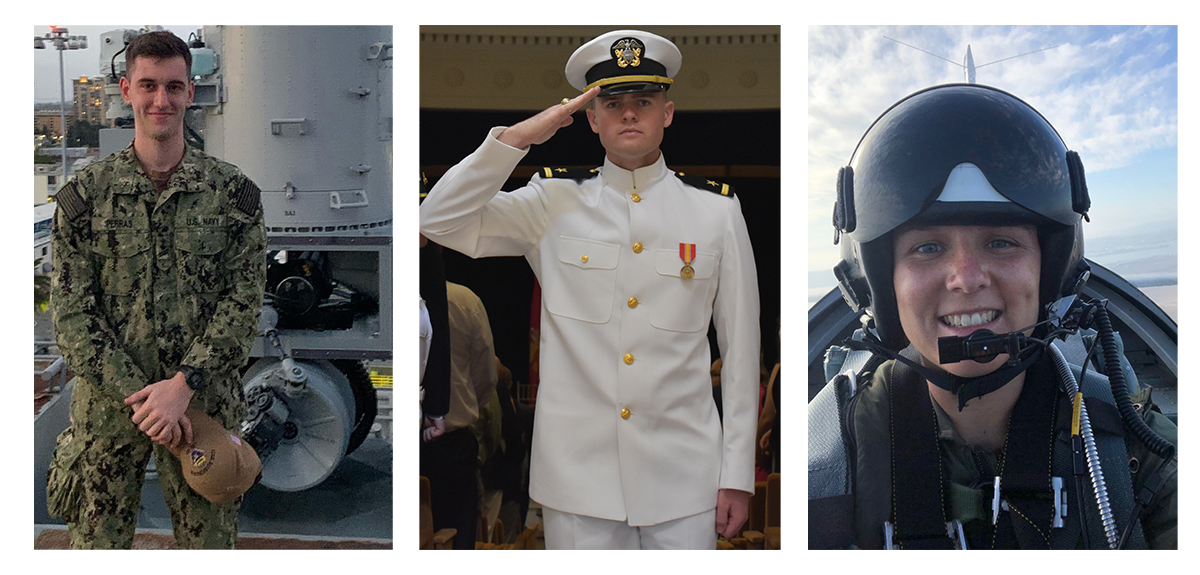
Spring engineering graduates (left to right) Aidan Perras, William Stearns, and Courtney Williams will enroll at Navy Flight School this summer.
Perras also said he was fascinated with the team culture portrayed in the movie.
“I grew up watching a lot of aviation videos on YouTube,” Perras said. “That’s where I would watch examples of fighters flying around. But you really don’t see the community aspects in those YouTube videos. I realize Top Gun is just a movie and those aren’t real aviators on screen, but it still gives you an idea of what the TOPGUN community is like and how they work together.”
Williams admits there are a few scenes from the movie that seem a little cheesy today. But she says you must watch it if you’re going to be a Navy pilot.
“I think the new movie is going to be a huge hit,” Williams said. “It might be more nostalgic for the older generation, and they’ll probably want to see it the most. But I think younger folks will see it as well, and it might get more people interested in naval aviation.”

The Adrenaline Zone
Winnefeld recalls the adrenaline rush from his fighter pilot days. His blood would pump fast while landing his F-14 on a moving aircraft carrier in the complete darkness of a cloudy night. He also recalls the same feeling at times later in his career while making decisions as commander of an aircraft carrier or briefing the president on special operations.
Winnefeld’s latest project, The Adrenaline Zone, is a podcast featuring people who have taken physical, financial, emotional, or reputational risks. And with those risks comes plenty of adrenaline. He and co-host Sandy Magnus, a professor of the practice and graduate of the School of Materials Science and Engineering, have already featured an adrenaline-fueled jet pilot, a race car driver, and country music star Tim McGraw.
What exactly is adrenaline and how does it factor into decision-making and performance?
According to Scott Moffat, associate professor in the College of Sciences' School of Psychology, an adrenaline rush is a state of high arousal and high anxiety triggered by something that the brain evaluates as dangerous. Two processes occur in response to that arousal. The first is the adrenaline hormone releasing from a particular part of the adrenal gland called the adrenal medulla. This hormone is released into the bloodstream and causes increased heart rate and higher glucose consumption – it gets your body ready for the state of high arousal.
“Depending on the situation, some people will label this state of high arousal as being fearful or anxiety-provoking, or even panicking,” Moffat said. “However, some people almost enjoy it and thrive under these conditions.”
The second response, Moffat explains, is often described as the stress response. It’s a slower response that also comes from the adrenal gland in the release of a hormone called cortisol. Its goal is to reduce the response of the immune system to prepare one’s body for energy utilization.
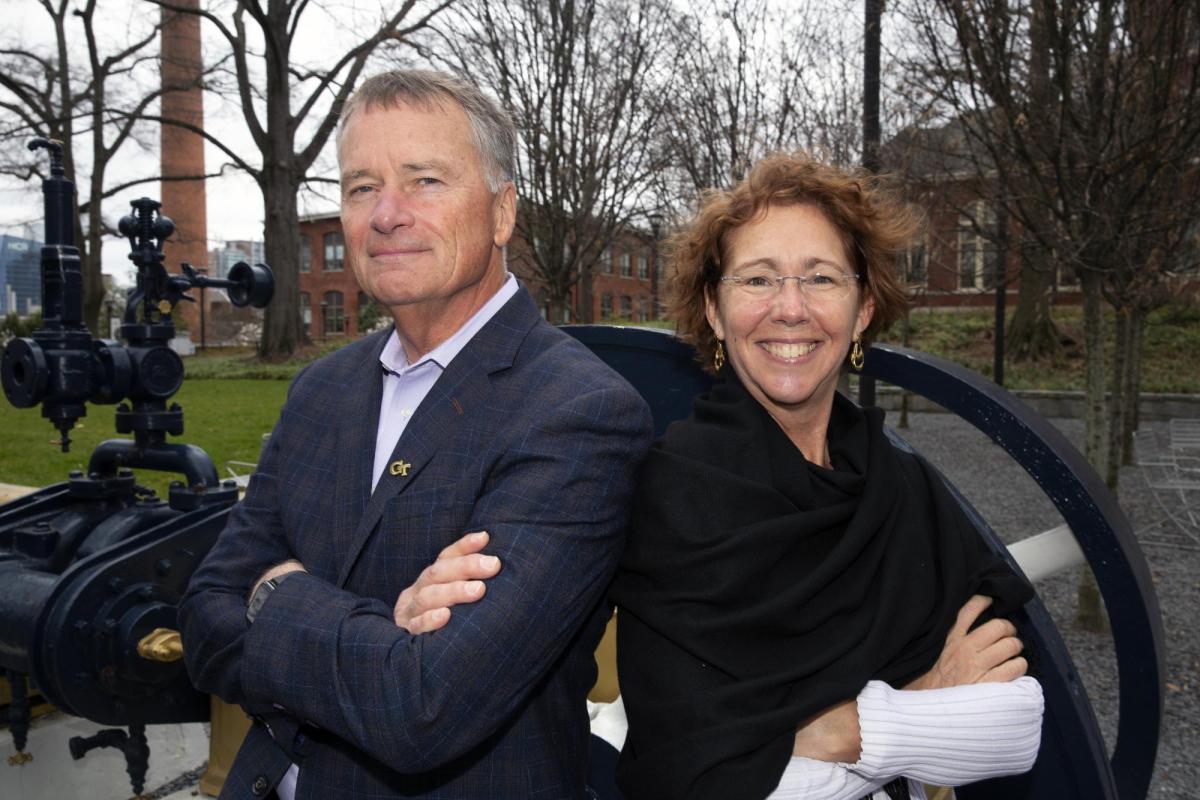
Winnefeld and fellow Georgia Tech graduate Sandy Magnus have created a podcast called The Adrenaline Zone.
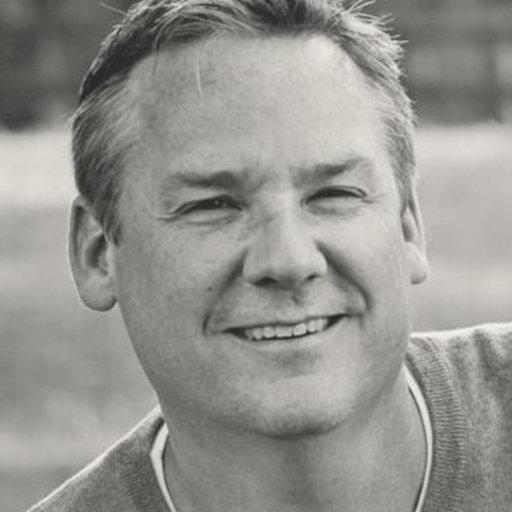
Scott Moffat
Moffat says that people respond to an adrenaline rush in different ways.
“The people who thrive under an adrenaline rush can see their performance improve when accomplishing a task, especially if they’re an expert in that task,” Moffat said. “But the adrenaline rush will have the opposite effect for those who find the conditions more stressful, potentially causing them to enter a state of panic.”
Winnefeld found an adrenaline rush to be mostly useful in the cockpit.
“If channeled properly by a calm mind, adrenaline can really help a person focus intently on a problem,” Winnefeld said. “When landing on the ship, I would tell myself to get into a heightened state of complete concentration for the next five minutes. You must calm yourself down because getting stressed out can quickly lead to failure.”
Winnefeld has high expectations for the new Top Gun: Maverick film that will begin its theatrical run on Friday, May 27.
"I've heard terrific things about the film from those who have previewed it, and look forward to seeing it in a theater at the earliest opportunity," Winnefeld said.
Related News
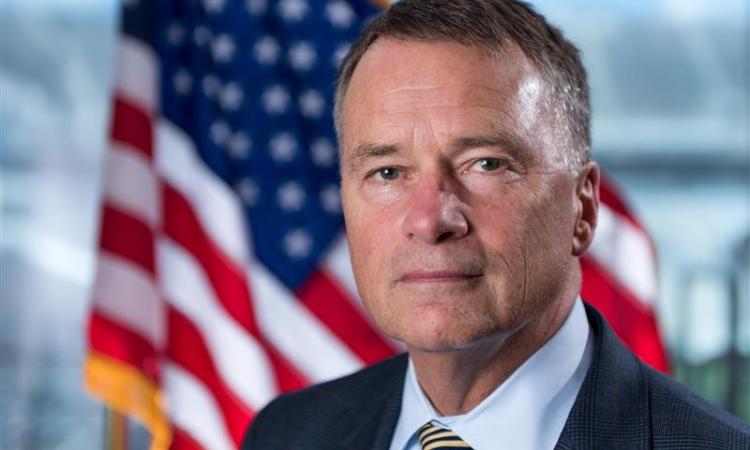
Winnefeld to Chair White House Intelligence Board
The board provides the president with independent advice on the effectiveness of the nation's intelligence community.
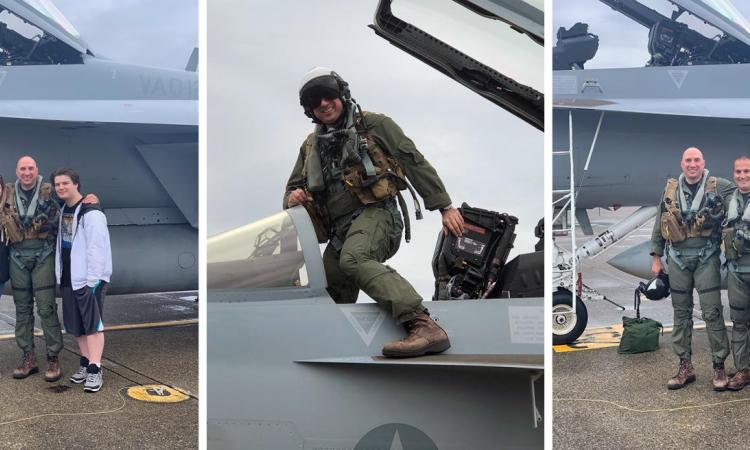
Scouting Top Gun: Maverick's Climactic Mission
GTRI Senior Research Scientist David "Pearl" Picinich helped the movie crew choose the location for the movie's final mission, while also training and flying with some of the pilots and actors.